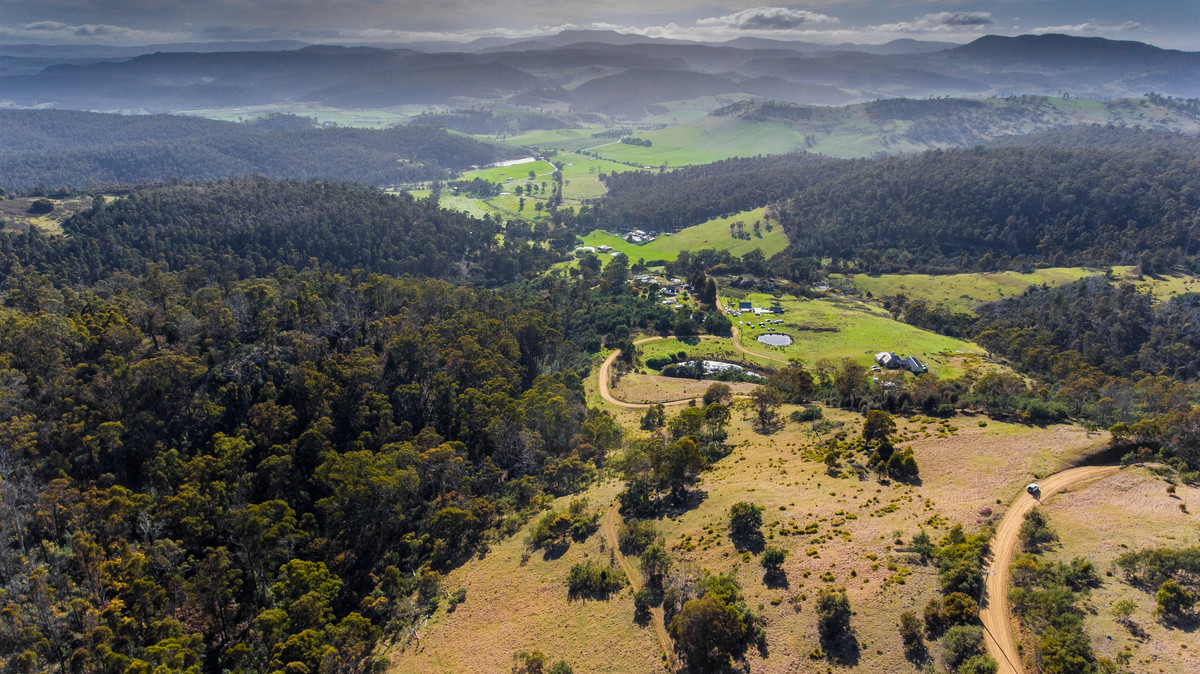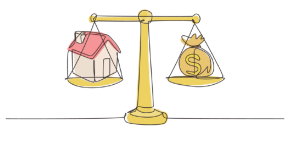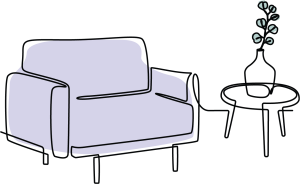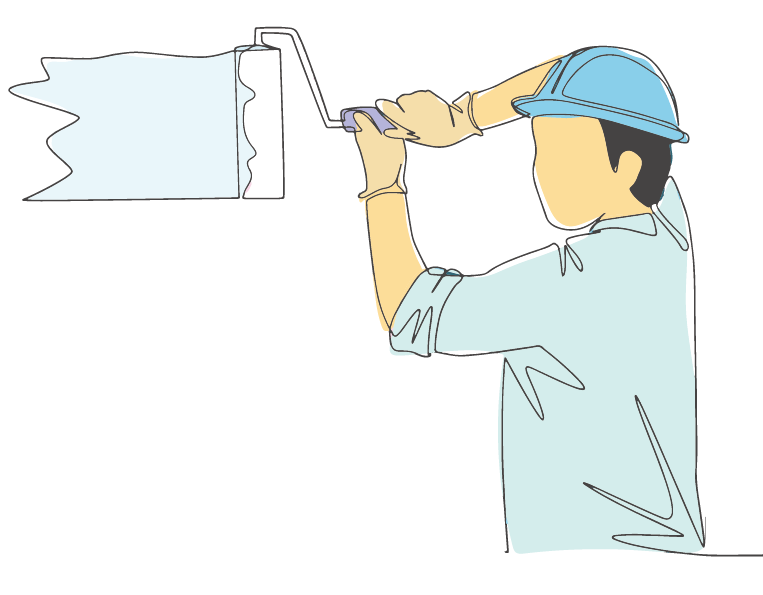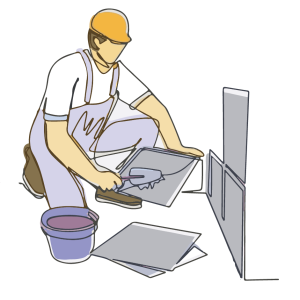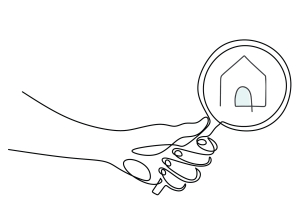
If you want to save money on your new home build, you should consider building a home in the countryside. Due to rising house and land prices in the city, building a country home is the best and cheapest way to go.
But exactly how much does it cost to build a home in the country compared with the city? The cost of building a home is not just about housing and land prices; there are other factors to consider. Here, we’ll take a look at what these are and why building a country home will save you big money.
How much does it cost to build a home?
The cost of building a home depends on the following factors:
- The property’s size and height (one-storey or two-storey)
- The number of rooms (four bedrooms or two bathrooms)
- The land and site preparation (flat or sloping, soil test, site survey, levelling the surface, or removing greenery)
- Whether the land requires rezoning if bought in a rural area
- The location (city or country, bushfire attack levels)
- The materials used (brick, brick veneer, render, or weatherboard)
- The home’s design (customised or off-the-plan)
- The inclusions (air conditioning or floor coverings)
- Optional extras (landscaping, fencing, or a swimming pool)
- The fixtures and finishes of the home (low, standard, or high)
- The timeframe for building the house
- The builder you choose and other trades (plumbers, electricians, tilers, painters, plasterers, or renderers)
- Access and connection to utilities (water, electricity, gas, sewerage, stormwater, and telephone/Internet).
Building a home in the city
The average price paid for residential land in Hobart is $180 per square metre. The average cost to build a three-bedroom home with a high-level finish in Australia is approximately $1,800 per square metre. In Tasmania, a basic home costs anywhere between $1,700 and $1,900 per square metre, which equates to roughly $240,000-$265,000.
In terms of land development, the Housing Industry Association (HIA) estimates that the aggregate costs of charges and taxes when building a property in Hobart would range from $66,000-$76,000 which is roughly half of the cost of the same charges and taxes in Sydney, which totals approximately $130,000.
Of course, the actual cost depends on the standard of finish you choose, the inclusions you want, the number of bathrooms, and other requirements specific to your build. You can use online tools to get a home renovation quote.
Benefits of building and living in the country
Building a home in the country can help minimise the challenges and make the build process faster, easier, and cheaper. A country home building company can help you obtain the necessary reports and assessments you need before construction, they’ll have their own construction team, they’ll be on your site for fewer weeks or months, and they can connect the utilities you require for your home.
You’ll also have more freedom when it comes to styling your house, designing the exterior and choosing the number of square footage, while still adhering to common building standards.
Living in the country provides many benefits as well. You not only get to be closer to nature, relax in wide-open spaces or enjoy your hobbies, you can also escape the hustle and bustle of city living and lead a peaceful lifestyle. You can even own a large yet affordable house, work from home, keep chickens and livestock, or garden to your heart’s content. You could also save money by doing things yourself, like harvesting wood and heating your home with a wood-burning stove or changing your own car tyres.
Challenges for building a rural home
Keep in mind, however, that when you build a new home in a rural area, you’ll be presented with some challenges.
- Preliminary reports and assessments – You’ll need to discover your Bushfire Attack Level rating, a Bushfire Management Statement, an Engineer’s Soil Report, an Energy Rating Report, a Wind Classification Report, and a Land Capability Assessment before construction can begin.
- Construction team – There could be a shortage of local builders and other tradesmen and you may have to wait weeks or months before you can start building if their services are in demand elsewhere. You also might not be able to find a builder you feel comfortable working with due to your limited options. If you need to hire tradesmen from outside the local area, you may have to pay for higher material delivery and contractor travel charges or for their accommodation.
- Site access and disruption – You need to establish a road or driveway for easy access to the building site. If you have a large block of land, the path to access the site could be longer, so the mess from the machine and human traffic can be huge. Also, if your block has remnant bushland and the construction team will be accessing your site for months, there’s a high risk of damage and there will be lots of mud too.
- Availability of utilities – Utilities like water, gas, electricity, and sewerage may not be readily available. You may need to install a septic tank for sewerage, a backup electrical system for electricity, or a water tank for the water you can use to clean and drink. Or you might have to install off-grid wind, solar, and water-powered systems.
Despite these challenges, building a home in the Tasmanian country has plenty of fantastic benefits.
Guest Author: Ben Hugh Student of Bachelor of Communications (Journalism & Digital and Social Media)

